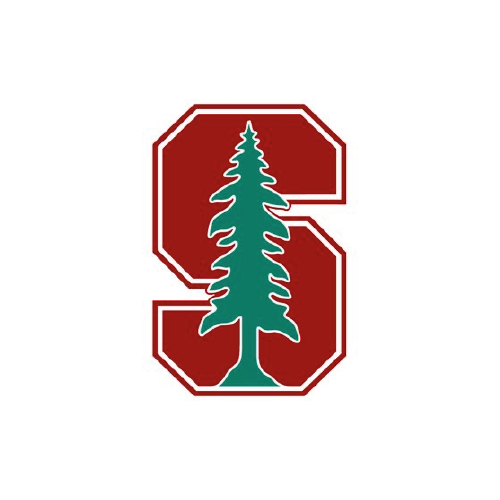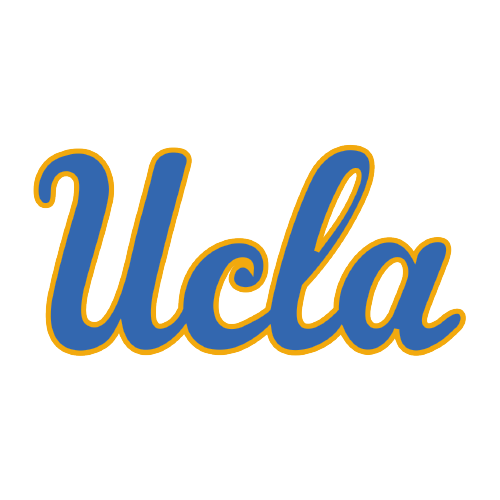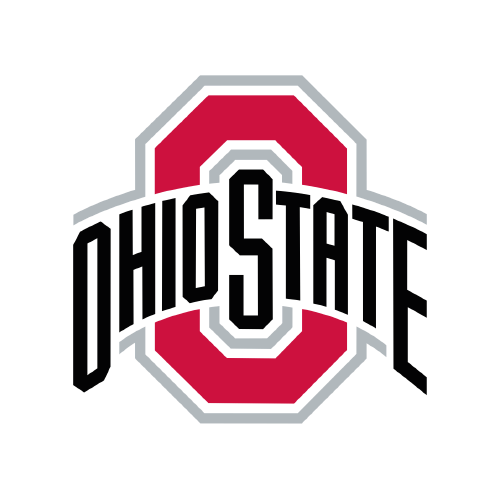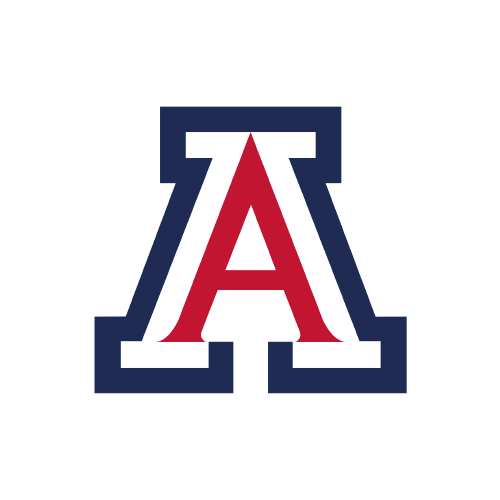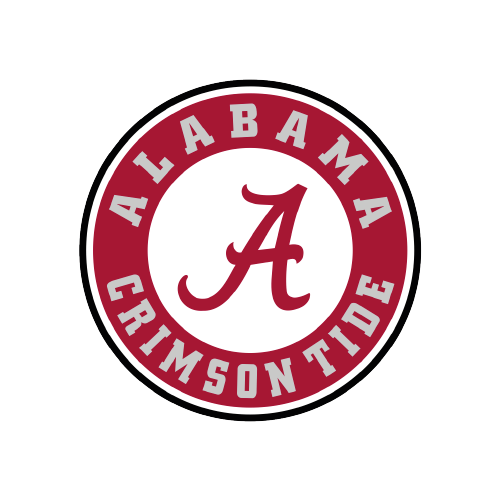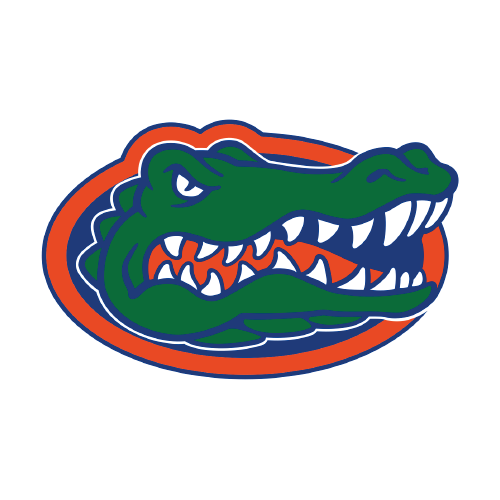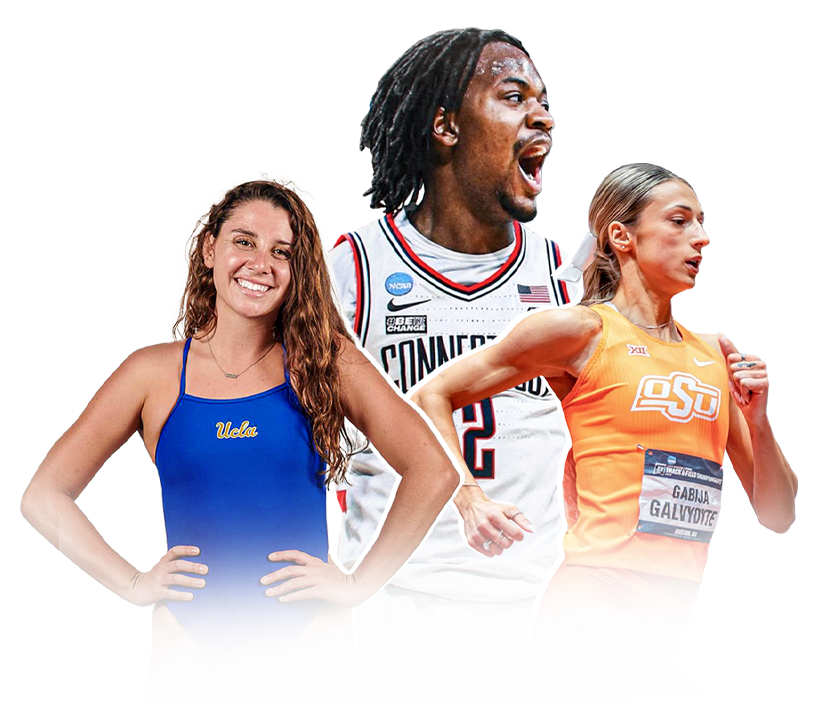
Your Soccer SCHOLARSHIP JOURNEY Starts Here.

We help aspiring players get recruited on college soccer scholarships
40,000+Athletes
$2.4 BILLION Scholarship Deals Secured
NCAA Certified
2,000 University Partners
Academic and Sporting Preparation
Targeting University Programmes
Connecting with College Coaches
Ongoing Pastoral Care
Picture this: You, on the field, under the bright lights of a stadium, living your dream as a college soccer player. At FirstPoint USA, we don’t just dream it—we make it a reality.
As the world’s leading college soccer consultants, we specialize in connecting talented players like you with top college coaches across the U.S. Our mission? To help coaches build winning rosters while giving you the opportunity to shine on the collegiate stage.
With a personalized, hands-on approach, we guide you every step of the way. From crafting your standout profile to marketing your skills to our extensive network of college programs, we ensure you’re seen by the right people.
Founded by Andrew Kean, a University of Cincinnati Hall of Famer, FirstPoint USA was created by athletes, for athletes. We understand the dedication, discipline, and drive it takes to excel—because we’ve been there ourselves.
This isn’t just about soccer—it’s about shaping your future, both on and off the field. A college soccer scholarship isn’t just a chance to play the sport you love; it’s a pathway to education, growth, and lifelong opportunities.
FirstPoint USA: Your college journey starts here.
Ready to take the first step toward your future? Register your interest today and let us help you turn your soccer dreams into reality.
Experience life as a college soccer player
Testimonials
Honestly, it was the best decision of my life. I am so happy I took that leap of faith. FirstPoint USA were amazing at guiding me through the whole process of becoming a student athlete in the states.
Zack Beazley
From the start of the process through to the end, FirstPoint USA’s service was first class and I’m so grateful for the work they did in securing me a place at Wisconsin, one of the leading teams in the country. The team are so knowledgeable, and the Talent Management team did a brilliant job in connecting me with some great coaches. They watched me play, they’re very proactive and it felt very personalised to what I needed.
Julian Kuhr
In a very short space of time he’s had his first offer of interest. FirstPoint USA have been brilliant - no waffle, straight talking about the reality of what happens and quick to act when we’ve had any queries.
Hilary Bolton
FirstPoint Alumni
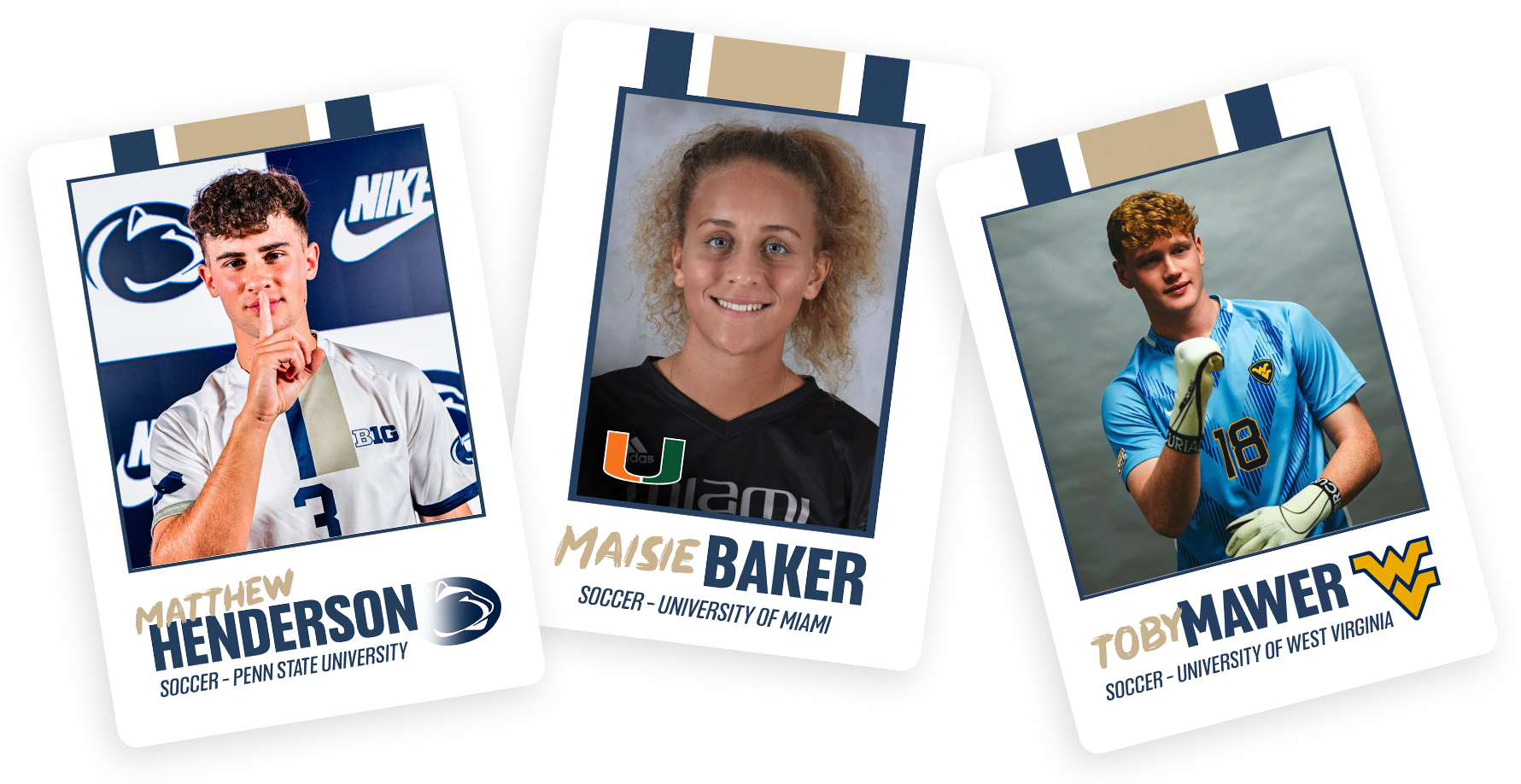
Frequently Asked Questions
In 2024, approximately 1,410 colleges sponsored men’s soccer teams. Here’s how the numbers shake out for the major division levels:
- NCAA Division I has 205 colleges offering 9.9 Scholarships per team and an average roster size of 29.
- NCAA Division II has 214 colleges offering 9 Scholarships per team and an average roster size of 31.
- NCAA Division III has 415 colleges with athletic scholarships unavailable and an average roster size of 29.
- NAIA has 188 colleges offering 12 Scholarships per team and an average roster size of 30.
- NJCAA (Junior College) has 217 colleges offering 18 Scholarships per team and an average roster size of 19.
Many families ask how much the average scholarship is for college men’s soccer. However, that’s pretty difficult to pinpoint. Men’s soccer is an equivalency sport, meaning that coaches are not required to give out full scholarships to their athletes and can instead break them up however they want. So, for a D1 team with 29 roster spots, a coach could give out nine full-ride scholarships and one scholarship that covers 90% of the cost of tuition. Or, the coach can break up the 9.9 scholarships evenly among the 29 athletes.
Additionally, the cost of tuition at each college and university varies. An in-state student at a public university could pay close to $10,000 a year, while an out-of-state student at a private university could pay $60,000 a year. Trying to find an average scholarship amount doesn’t account for those differences in tuition. Furthermore, not all athletes receive scholarships all four years of their college men’s soccer career. Instead of trying to determine what the average scholarship amount is, we recommend families first figure out how much they are willing to pay for four years of college. Then, while going through the recruiting process, student-athletes can compare offers based on their family’s expected contribution—the amount they will pay out of pocket after factoring in all financial aid.
Only the top soccer players make it to the college level. About 7.9% of U.S. high school men’s soccer players ended up competing in college across the Division 1, Division 2, Division 3, NAIA and junior college levels. Only about 1.1% of high school men’s soccer players went on to compete at the NCAA Division 1 level.
During the 2016–2017 school year, there were about 450,234 US high school men’s soccer players and about 39,888 college men’s soccer players across all divisions. Of these college athletes, a total of 12,531 soccer players were on D1 and D2 rosters. About 2,664 of them were international athletes, accounting for 21.3% of men’s college soccer roster spots at the D1 and D2 level.
Colleges at the NCAA D1, NCAA D2, NAIA and Junior College levels can all offer scholarships. How many scholarships are available at any given school depends on how many scholarships the coach has committed, whether they are a fully funded program, how the program likes to use their scholarship money and several other factors. Read below to learn more about the opportunities at each division level.
Athletic scholarships for D1 men’s soccer are the most difficult to obtain, as the level of play and academics is very high. D1 men’s soccer programs can give out a maximum of 9.9 scholarships a year and these can be a mix of full-ride scholarships and partial scholarships. Bear in mind that 9.9 represents the maximum number of scholarships, but some D1 men’s soccer programs might have fewer scholarships available due to budget limits. Only about 1.1% of US high school men’s soccer players go on to compete at the NCAA Division 1 level.
D2 schools can and do offer full-ride scholarships. However, because men’s soccer is deemed an equivalency sport by the NCAA, schools are not required to give out full rides. With a max of nine scholarships per team, D2 schools can choose to offer nine full-ride scholarships or split up the scholarships among the roster, which is an average of 31 players. It’s up to the coach to determine how much money they want to give to each athlete on the team.
While D3 schools don’t offer athletic scholarships, most D3 athletes do receive other forms of financial aid. Student-athletes interested in competing at a D3 school shouldn’t let the lack of athletic scholarships deter them. Those who have good grades and test scores have a good chance at qualifying for an academic scholarship. Student-athletes who have been involved in extracurricular activities and their community might be able to find a merit-based scholarship. Families can also take advantage of need-based financial aid, which is awarded based on factors like household income.
The bottom line is that athletic scholarships aren’t the only way to pay for college. There are many other forms of scholarships out there, and if a D3 program wants someone on their team, they can be extremely helpful in finding scholarship money from other sources.
NAIA schools offer a similar level of competition to D2 schools, and they can offer a maximum of 12 scholarships. NAIA schools can choose to offer 12 full-ride scholarships or split up the scholarships among the athletes on their roster, which is an average of 30 players. It’s up to the coach to determine how much money they want to give to each athlete on the team. However, NAIA schools have fewer recruiting rules than the NCAA, and NAIA coaches can contact student-athletes anytime during high school. This can make it a little easier to snag a scholarship for some student-athletes.
With an average roster size of 19 players and a maximum of 18 scholarships allocated per team, junior colleges offer a very good chance of securing a full-ride scholarship. These two-year colleges can be a stepping stone for student-athletes who are looking to transfer between schools or move up into a higher division, all while saving money on tuition and related costs.
Live, study and play with top US Institutions
